Politics and Government
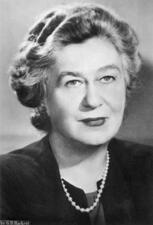
Etta Lasker Rosensohn
An influential philanthropist and social activist, Etta Lasker Rosensohn focused most of her energy on Jewish and Zionist affairs in New York City. Her great passion was Hadassah, where she served on the national board for more than two decades and as the national president.
Henrietta Rosenthal
Esther Rosenthal-Shneiderman

Martine Rothblatt
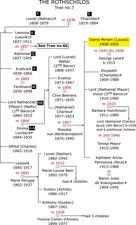
Dame Miriam Rothschild
Dame Miriam Rothschild was a renowned British natural scientist who published over 300 scientific papers throughout her lifetime, making groundbreaking contributions to the fields of entomology, zoology, marine biology, and wildlife conservationism. In 1985 she was made a Fellow of the Royal Society and credited for her work in the histology, morphology, and taxonomy of fleas.

Hannah de Rothschild, Countess of Rosebery
A member of the English Rothschild family who married the Earl of Rosebery, a future Prime Minister of England, Hannah was a devoted wife, mother, and philanthropist.

Lady Louise Rothschild
Lady Louise Rothschild came from a distinguished line of Anglo-Jewish aristocracy. Using her unrivaled social status, she founded the first independent Jewish women’s philanthropic associations in 1840, inspiring upper- and middle-class Anglo-Jewish women to venture outside the home and into public life for the first time.
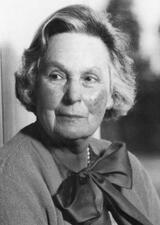
Mathilde Dorothy De Rothschild
Mathilde Dorothy De Rothschild was deeply involved in all facets of Zionist politics. She was an extremely hard worker and proved to be invaluable to Zionist efforts and the Rothschild Foundation.
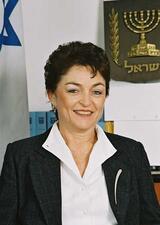
Saviona Rotlevy
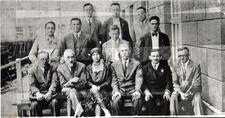
Anna Rozental
Anna Rozental belonged to the generation of Jewish labor activists who had already been active in the founding phase of the General Jewish Labor Bund under the Russian Empire and who were highly respected as “veterans” in the Polish Bund of the interwar period. From her youth on, Rozental’s life was closely tied to the Jewish labor movement in Vilna, where she died in Soviet custody during World War II.
Bernice Rubens
One of Britain’s most successful post-World War II authors, Bernice Rubens was born in Cardiff, Wales, in 1928. In 1970, she became the first woman recipient of the Booker Prize for her novel The Elected Member.
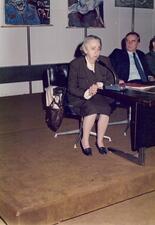
Mina Fridman Ruetter
Mina Fridman Ruetter (1922-2003), an Argentinean-born Jew, was the most prominent leader of the Yiddisher Kultur Farband (YKUF) beginning in the 1970s. She studied and worked as a writer, teacher, and translator in organizations linked to the Communist Party and the Soviet Union. She was a highly visible leader and the disciple of YKUF intellectuals such as Pinie Katz and Samuel Gordon.
Russian Immigrants in Israel
Approximately 350,000 Jewish women moved to Israel from the Former Soviet Union after 1989. Among the key issues they faced were occupational downgrading, sexuality and family life, sexual harassment, marital distress, and single-parent families.
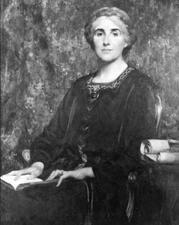
Nina Ruth Davis Salaman
Nina Salaman was a well-regarded Hebraist, known especially for her translations of medieval Hebrew poetry, at a time when Jewish scholarship in Europe was a male preserve. In addition to her translations, she published historical and critical essays, book reviews, and an anthology of Jewish readings for children, as well as poetry of her own.
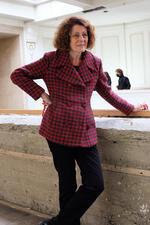
Rachel Salamander
Rachel Salamander is a writer, scholar, editor, and publisher. Born in 1949 in a DP camp in Germany, she has written and published multiple works about German Jewry and DP camps after World War II. In 1982, Salamander established the Literaturhandlung in Munich, a prominent bookshop and meeting place specializing in Jewish literature.
Sharon Salzberg

Pnina Salzman
Renowned classical pianist Pnina Salzman was the first Israeli pianist to conquer concert stages in Europe and Asia in the early 1940s, before the establishment of the State of Israel. She also enriched the local music scene with her premieres of Israeli composers, who wrote for her knowing that their work would receive superb interpretation. She won the Israel Prize for her musical achievements.

Jessie Ethel Sampter
Jessie Sampter was an important Zionist activist, writer, and educator. As an influential member of Hadassah, the woman’s Zionist organization, she advocated for an inclusive vision of Zionism. Putting her ideas into practice, she moved to Palestine in 1919. Although Sampter’s disability and non-normative family structure did not align with Zionist ideals of strong, healthy bodies, she championed Zionism, though not always uncritically.
Else Rahel Samulon-Guttmann
Else Samulon-Guttmann showed her exceptional intelligence early in life, studying law at Berlin university and earning a PhD from Heidelberg University. Appointed a judge in 1929, she lost her position with the Nazi rise to power in 1933. Samulon-Guttmann stayed in Germany for her mother and was murdered at Auschwitz in 1944.
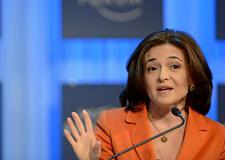
Sheryl Sandberg
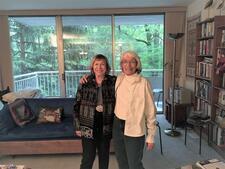
Bernice Sandler
Bernice (Bunny) Sandler was an activist and education expert who theorized Title IX of the Education Amendments Act of 1972, the federal law that mandates sexual equality in educational institutions that receive federal funding. As such, Sandler was an architect of the 1970s feminist “women’s liberation” movement. She continued to fight sex discrimination in education in the following decades, especially on issues of racial inequity and sexual assault.
Cecile Ruth Sands
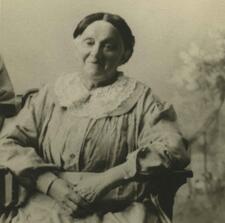
Hannah Sandusky
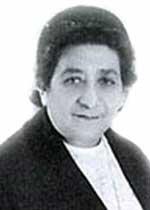
Tova Sanhadray-Goldreich
Tova Sanhadray-Goldreich was a leader of religious Zionist movements in her home in eastern Galicia before making aliyah to Palestine, where she organized a merger of several women’s organizations to form Emunah. She was also the first woman member of the National Religious Party to be elected to the Knesset.
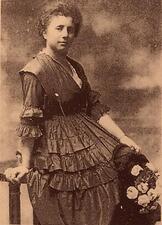
Margherita Sarfatti
Born into a wealthy Venetian Jewish family, Margherita Sarfatti joined the Socialist Party and became the art critic for the newspaper Avanti!, where she met Benito Mussolini. The two became lovers, and she followed Mussolini into the Fascist movement and helped plan the rise of the Fascists, only abandoning his cause when Mussolini embraced antisemitism in 1938.


